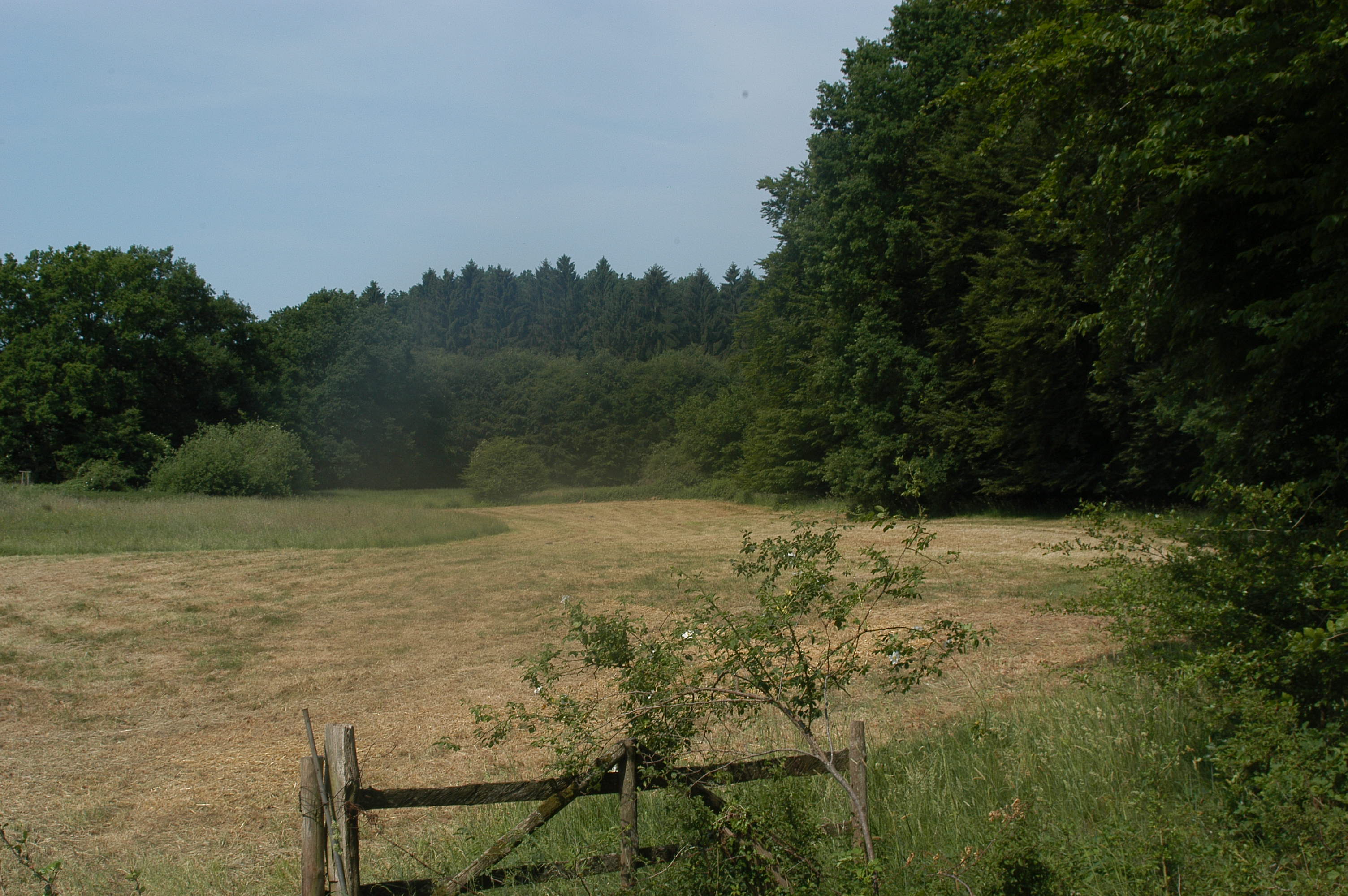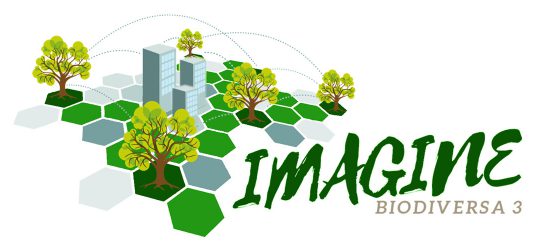What the case is about
The German CSS in located in Schleswig-Holstein, the northernmost region of Germany. The site is delimited by 11 municipalities, which were part of the “Bornhöved Lake District” Long Term Ecological Research (LTER). The site represents an ensemble of agricultural and forestry systems in a catchment area of five consecutively connected lakes. The CSS is dominated by agricultural area (almost 75% of the area). The main local challenge is to optimize agri-environment schemes for biodiversity and ecosystem services, such as water quality and climate change mitigation. Besides, a global issue in Germany is the rapid decline of insects. Causes are not clearly identified but agricultural intensification could be one of the major drivers. The aim of this study is to address the potential conflicts resulting from the implementation of agro-environmental schemes (GI) within the region.The German study site Bornhöved Lake District represents an ensemble of agricultural and forestry systems in a catchment area of five consecutively connected lakes. It is a LTER-site with the required land-use data available.
How IMAGINE addresses the problem?
The study will assess the role of agri-environmental schemes in tackling biodiversity loss and enhancing ES delivery within an agricultural region. We will analyze the capacity of GBI to deliver ES and EDS for a better acceptance within the stakeholder community and to optimize the implementation of agri-environmental schemes. Moreover, we will provide a qualitative and quantitative analysis of GBI diversity effects on insects biodiversity. The stakeholder analysis will help to provide a qualitative analysis of the capacity of agri-environmental schemes to sustain other ESs, such as water quality and climate change mitigation
